Best Film for the Nikon F4
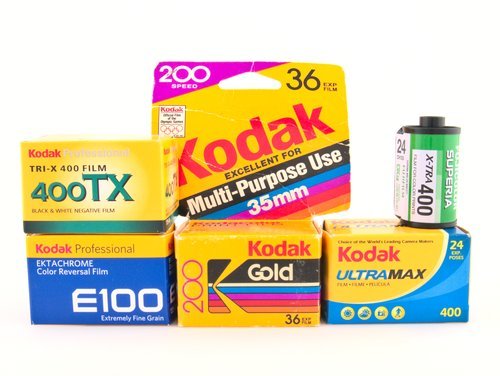
The best film to use in the Nikon F4 will have to depend on the lighting conditions, lens, and if you want to shoot color or black & white.
To eliminate having to haul around a flash and/or tripod, choose a 35mm film that has an ISO of 400 or faster.
If you want to be able to to shoot images in low light, such as indoors, make sure you are using a fast lens. For lens lens suggestions go to my article on the 5 Best Lenses for the Nikon F4.
Affiliate Links
Outside the Shot is a participant in the Amazon Services LLC Associates Program, an affiliate advertising program designed to provide a means for sites to earn advertising fees by advertising and linking to Amazon.com.
As an eBay Partner, I may be compensated if you make a purchase. I also participate in affiliate advertising programs with KEH and Adorama. More can be found on the Affiliate Discolsure page.
I have purchased gear from all of these companies and I expect them all to receive repeat business from me.
I’m Rebuilding 🏗️
If the page doesn’t have the answer you’re looking for you can email me at contact AT this domain. That account will be checked on Sundays and Wednesdays.
You can also DM me on Reddit /u/OutsideTheShot or post in /r/OutsideTheShot.
Color Film
Consumer
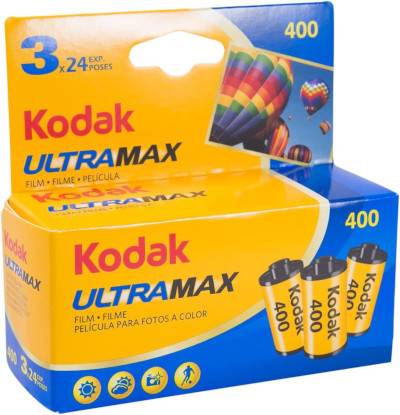
Kodak UltraMax 400 - The film handles a plethora of lighting conditions well and is a great pick for a color 35mm film. The film is fast enough so that you should be able to handhold the F4 in almost all circumstances.
The images will have very good skin tones and leans towards the warm side.
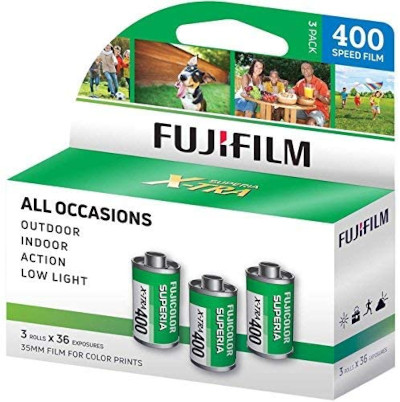
Fujifilm Superia X-TRA ISO 400 - Depending on your location, this film may have greater availability. It is a very good alternative to Kodak.
In comparison to Kodak, Fuji appears to be a small amount cooler with notable blues and greens.
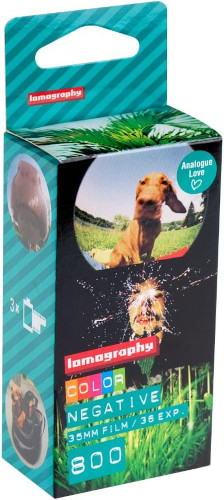
Lomography 800 - There are just a small number of possibilities if you want an ISO 800 speed color 35mm film. For 35mm film stocks focused on consumers, Lomography 800 is the sole option.
In addition, if you have a medium format camera, it is also available in 120 film format.
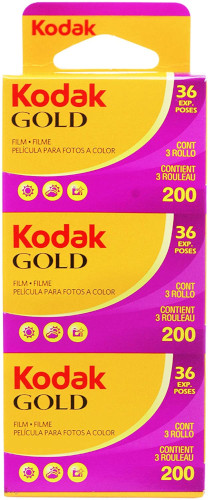
Kodak Gold 200 - A staple film stock that was launched in the mid-1980s. Kodak Gold 200 offers the look and feel of home snapshots from the 80s and 90s. For the authentic photography experience have an on-camera flash.
To bring the ideal look out of this film, you’ll want to over-expose it by 1 or 2-stops. This will provide you with the spectacular colors everyone loves Gold 200 for.
Professional
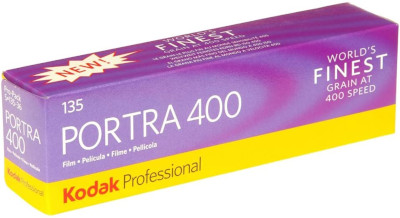
Kodak Portra 400 - Among film shooting enthusiasts online, Portra 400 is undoubtedly the most popular color film emulsion. Overexpose Portra 400 by 1 or 2-stops to get the look the film is well known for.
Kodak Portra is also for sale in ISO 800 and 160 versions. It is also offered in rolls of 120 film, 4x5 sheets, and 8x10 sheets.
Black and White Film
Consumer
With low costs and more than acceptable quite popular to be used in the Nikon F4.
The main draw for photography students and budget minded photographers is the low price. Even if you don’t put yourself in that group, it’s good to have relatively cheap rolls of 35 film available for trying out newly delivered used cameras.
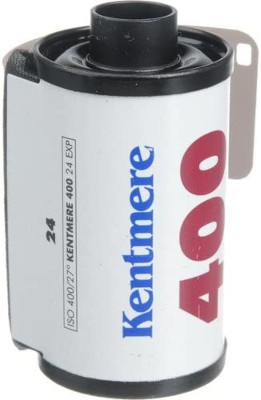
Kentmere 400 - It is manufactured by the parent company of Ilford, Harmon Technology. This is great considering that allows this to be the most commonly sold 35mm film out of the three.
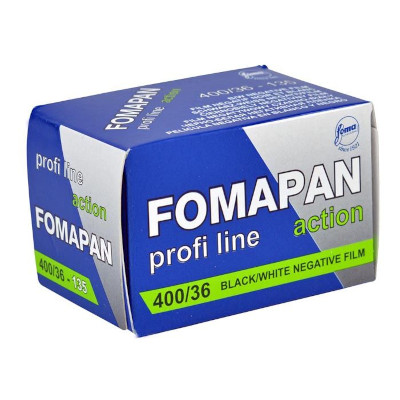
Foma Fomapan 400 Action - Might be less difficult to acquire in Europe as the film is made inside of the Czech Republic by Foma Bohemia.
A great film to choose for your first few attempts at analog photography or home developing. Also a good option if you are testing out a camera to confirm that it is functioning correctly.
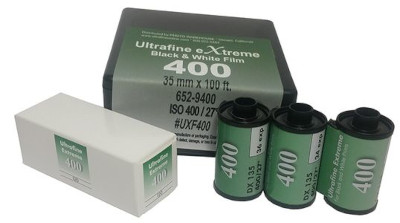
Ultrafine eXtreme 400 - The cheapest place to purchase this film is directly from Ultrafine.
They make chemical developer kits for color film, so if you develop film at home you might have already had interactions with them.
Professional
Ilford HP-5 Plus 400 and Kodak Tri-X 400 are the two most popular black and white 35mm film emulsions. While they both possess different styles, they possess a lot of qualities in common that makes them a favorite.
You can obtain excellent photos after pushing both film stocks 2-stops. This makes the film versatile as a roll can be shot at ISO 400, 800, or 1600.
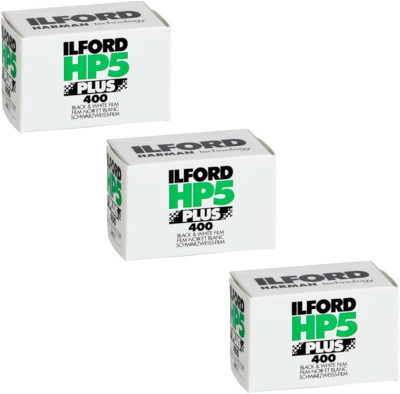
Ilford HP5 Plus 400 - Between the two film stocks, HP5 Plus has less contrast and is more affordable. Less contrast can be advantageous because of the fact contrast can be added when making a darkroom print or through digital post processing.
The film still looks outstanding when pushed 2-stops. It is also recognized as having subdued grain.
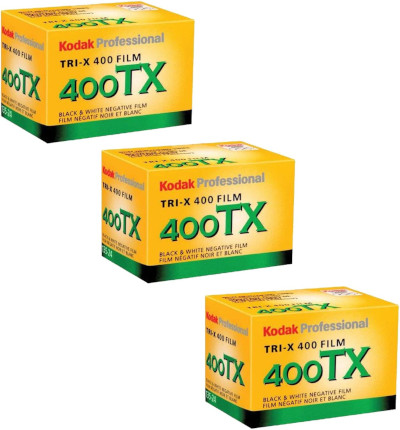
Kodak Tri-X 400 - This film emulsion possesses a more distinctive rendering to it. To reveal the traditional grain structure, contrast, and look of the film, it needs to be developed in Kodak D-76.
You will without a doubt notice far more contrast with Kodak Tri-X 400. That is great if it’s the look you would like because it requires considerably less work when making a darkroom print or during digital post processing.
Reversal Film
Films that produce a positive image are commonly referred to as slide, reversal, or transparency film. That means a lightbox or projector can be used to display the photographs.
This is different from the more prevalent negative film emulsions that result in photographs that require the colors to be inverted in order to be seen.
Slide films are believed to be difficult to use because slide film has substantially less latitude and dynamic range when compared with negative film.
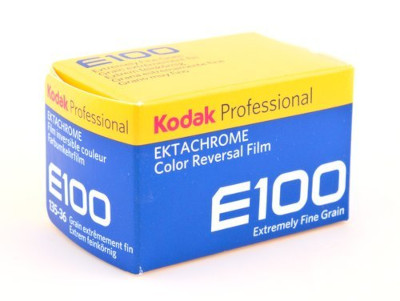
Kodak Ektachrome 100 - The film is known for fine grain and eye-catching skin tones. There’s no hypersaturation of colors. It is daylight color balanced.
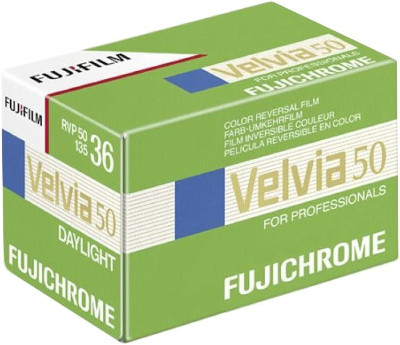
Fujifilm Velvia 50 - Delivers distinct looking photos that have significantly increased levels of contrast and saturation. It is sharp with a daylight color balance. Velvia has the top resolving power of any elevated elevated.
It is also available in an ISO 100 emulsion.
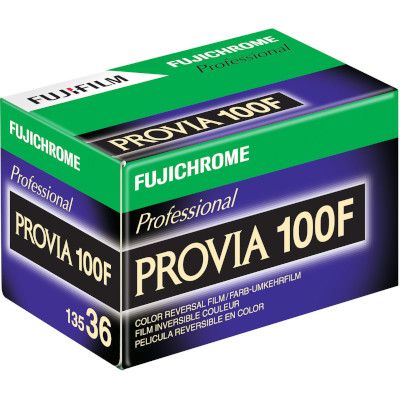
Fujichrome Provia 100F - Creates vibrant and realistic colors with moderate color saturation and contrast. It is a daylight color balanced film with ultrafine grain.
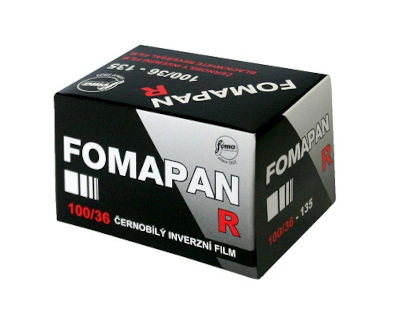
Foma Fomapan R100 - This is a black & white transparency film, claimed by Fomapan as having high resolving power, very fine grain, and higher contrast. It is also mentioned as a replacement for the long discontinued Agfa Scala slide film.
Film Basics
Consumer vs Professional Film
Pro film stock have improved latitude, are easier to push, and expanded dynamic range, that is why pro-film costs more.
There’s a disparity in business that sell it. Consumer film emulsions can frequently be bought from big-box stores and pharmacies in limited amounts. Pro film emulsions should be purchased from a online or photography store.
ISO
The ISO signifies the speed of the film, that can also be regarded as the film’s sensitivity to light.
The bigger the ISO, the less light will be required to capture a picture. This comes at the tradeoff of more film grain.
ISO 100 and slower films (ISO 50, ISO 25, etc) can be frustrating to use handheld in the F4. This is due to the fact that if you do not have full sun, the exposure times will most likely take more time than what you can handhold without causing motion blur.
To stop motion blur you will need to use a fast lens, tripod, and/or flash. Using a fast ISO 800 or ISO 400 film often makes the extra accessories not needed.
The ISO knob is marked as ASA on the Nikon F4. The change to labeling ISO from ASA (American Standards Association) happened after the creation of the International Standards Organization (ISO).
Film Latitude
Latitude is the number of stops film can be overexposed while still maintaining tolerable results. Professional film emulsions have a greater latitude to go along with a slightly higher price.
Transparency film has a smaller amount of latitude than negative film. That is one of the reasons it’s viewed as more difficult to work with.
Dynamic Range
The range between the shadows and highlights details of an image is referred to as dynamic range. Parts of an image that are not in this range will be seen as solid white overexposed highlights or completely black underexposed shadows.
When working in a variety or quickly shifting lighting conditions, film stocks with a larger dynamic range are a better choice.
- Digital cameras 14+ stops
- Negative film up to 13 stops
- Slide film 6-8 stops
Transparency film is considered to be hard to use resulting from the small dynamic range. An excellent time to try it out would be during the golden hour.
Film Type
35mm film that is in canisters is used by the Nikon F4. The film can also be referred to as 135 film, and it’s the most commonly used type of film.
The only other type of film you are probably going to come across is 120 or 220 film that is used in medium format cameras}.
One of the excellent properties of film is that you can switch the film you work with and get a different look to your shots.
DX Coded Film
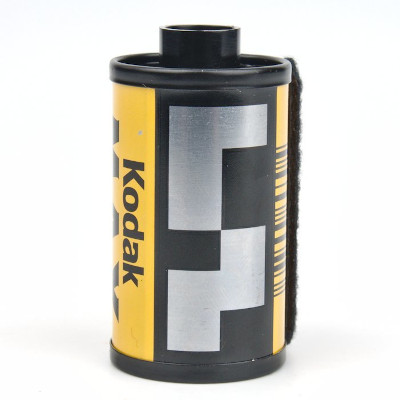
Just about all available 35mm film offered for sale at this point has a DX code. This allows cameras to automatically detect and set the ISO when the film canister is put in the camera.
DX-coding doesn’t change anything for the Nikon F4 because ISO is required to be manually set.
Nikon F4 Resources
Where to Get 35mm Film Developed?
There are only a few possibilities for where to get film developed. For a more extensive explanation of the options go to my guide on Where to Get Film Developed.
WARNING: Pharmacies and big box stores do not develop film locally. They mail film off to be processed by a 3rd party. This means that, you will not receive your negatives back.
- Develop Film at Home
- Use a Local Photography Lab
- Use a Mail Order Photo Lab
- Pharmacy or Big Box Store
Sending film to a mail-order lab to be developed and scanned is the most straightforward option if you’re just beginning to use film. A drawback to this is that it will become very expensive if you consistently use film.
There are a few actions that can be done to lower the expenses involved in shooting film, on condition that you are using a moderate to high volume of film.
Bulk Loading Film
Certainly one of the common options to reduce costs on film is to buy a roll of 100’ of film and load it into canisters yourself.
After you’ve finished, you will end up making approximately 18 canisters of 36 frames. Based on the film stock you are likely to save 20%-30%.
Bear in mind that you are only going to be able to get bulk rolls of black and white film. This is in part because black & white film is quite a bit easier and less expensive to develop at home.
Home Developing and Scanning
You have the ability to develop and scan film at home. In fact it’s a very good way to cut costs so you can shoot more film with your Nikon F4.
Black & white film is significantly simpler to develop at home. Chemical temperature and time are both not as critical to get correct with black and white film as time and temperatures are for transparency or color negative.